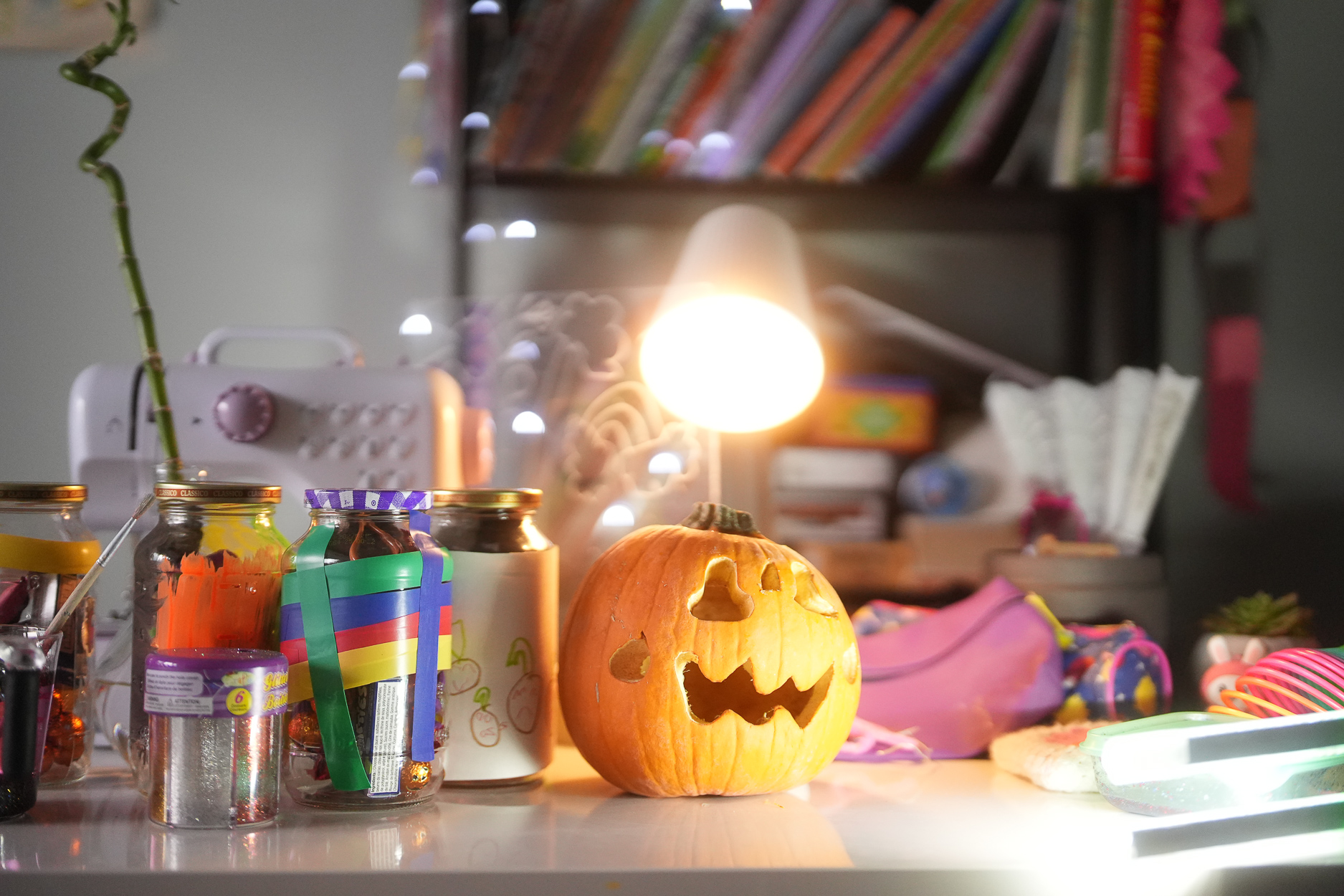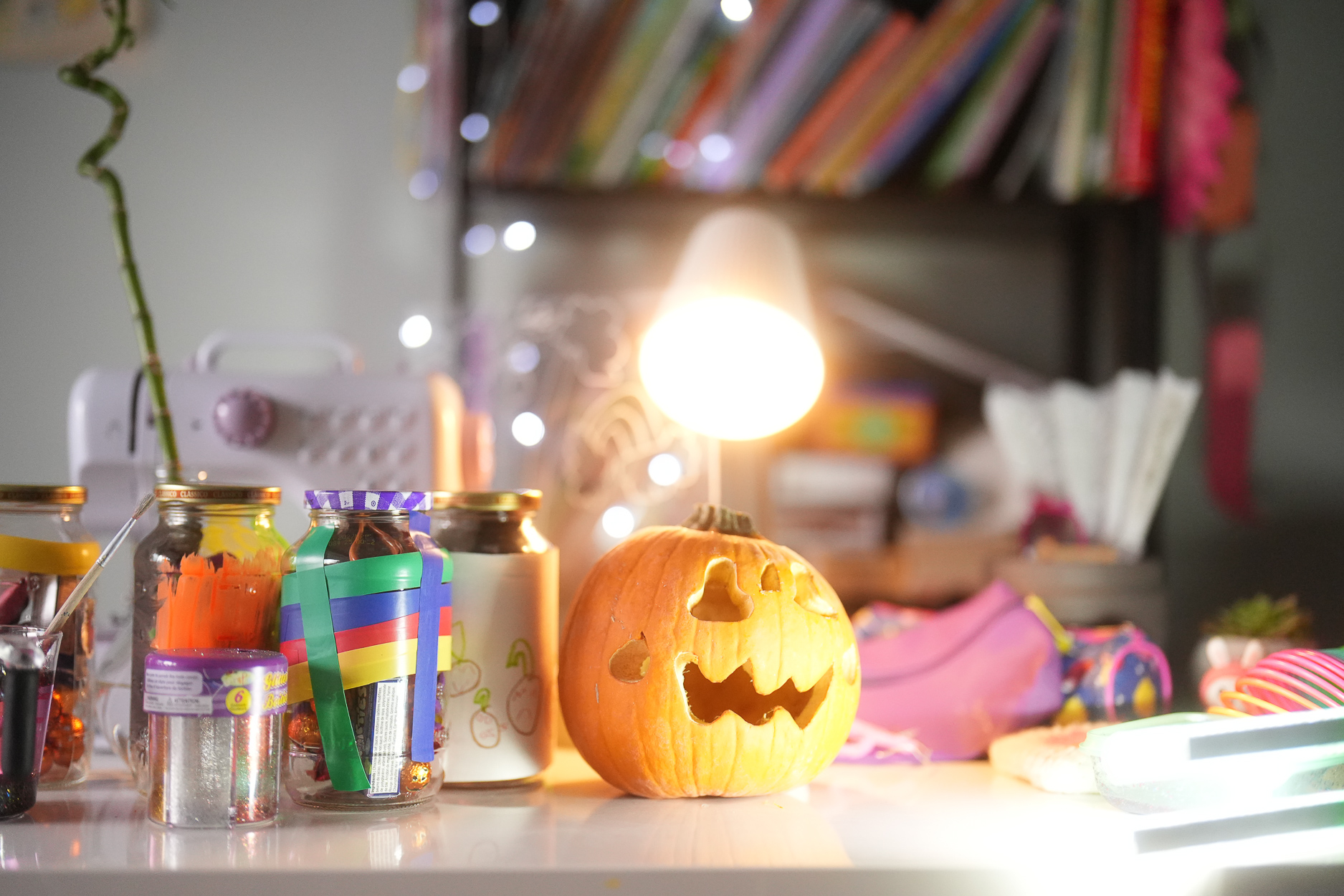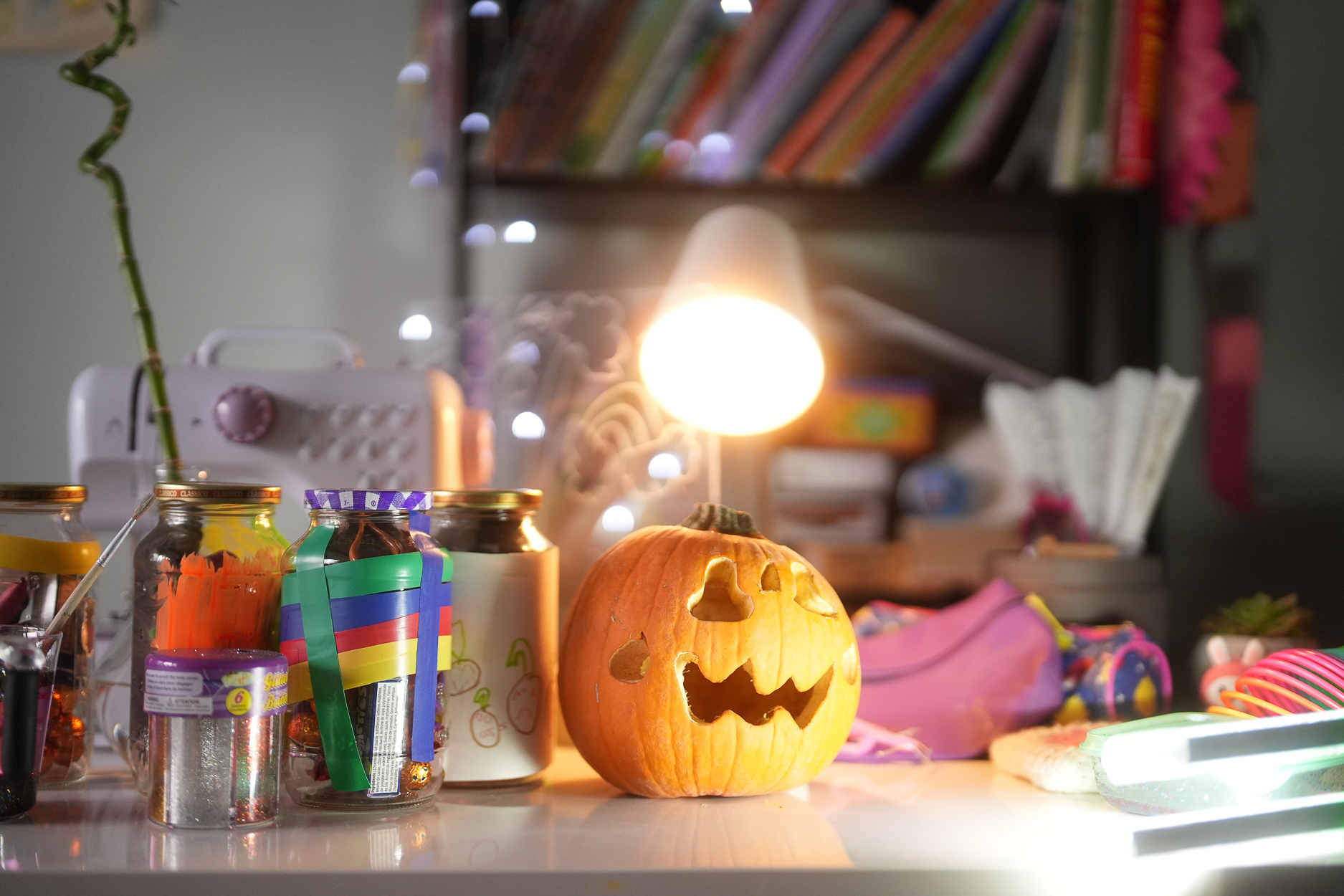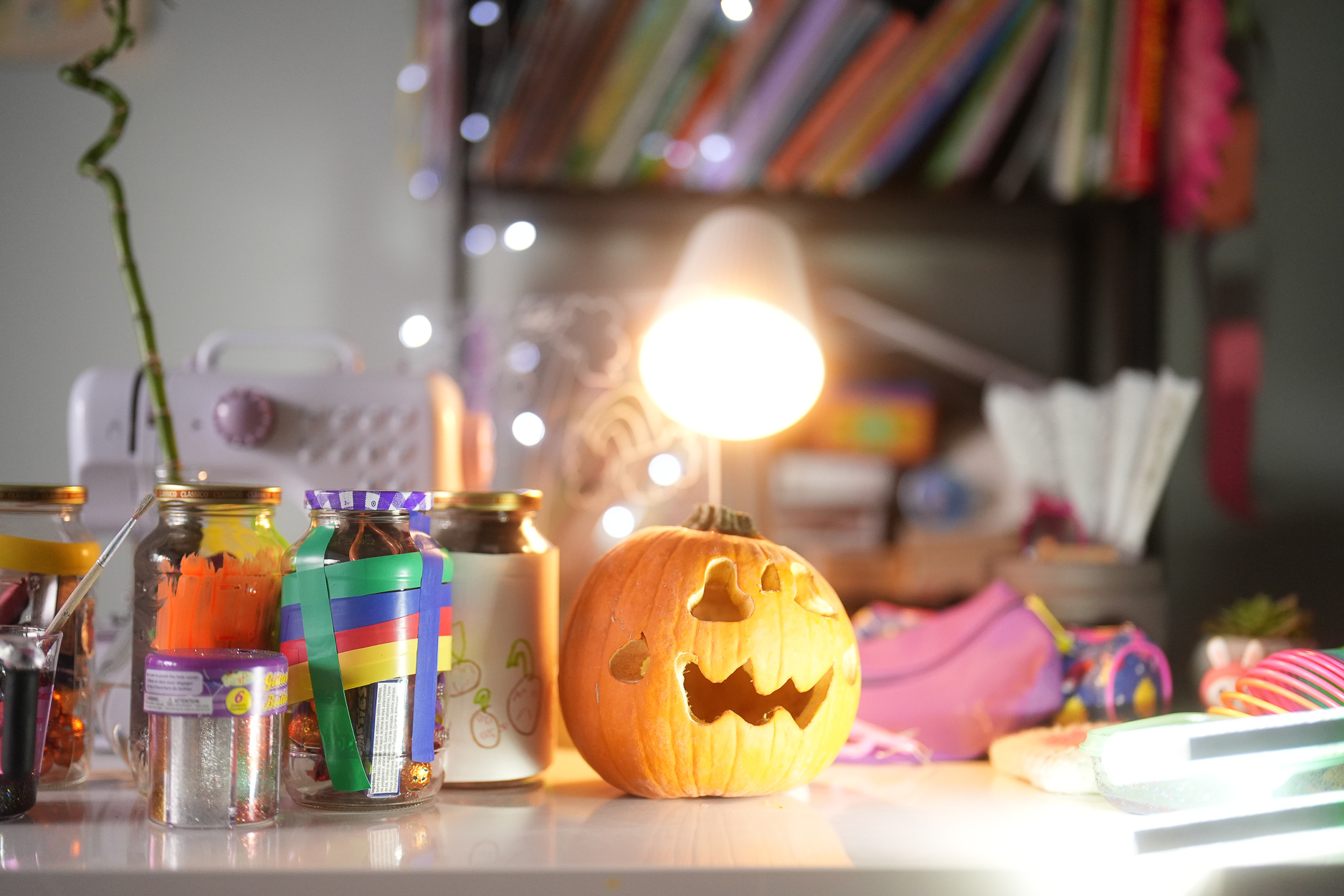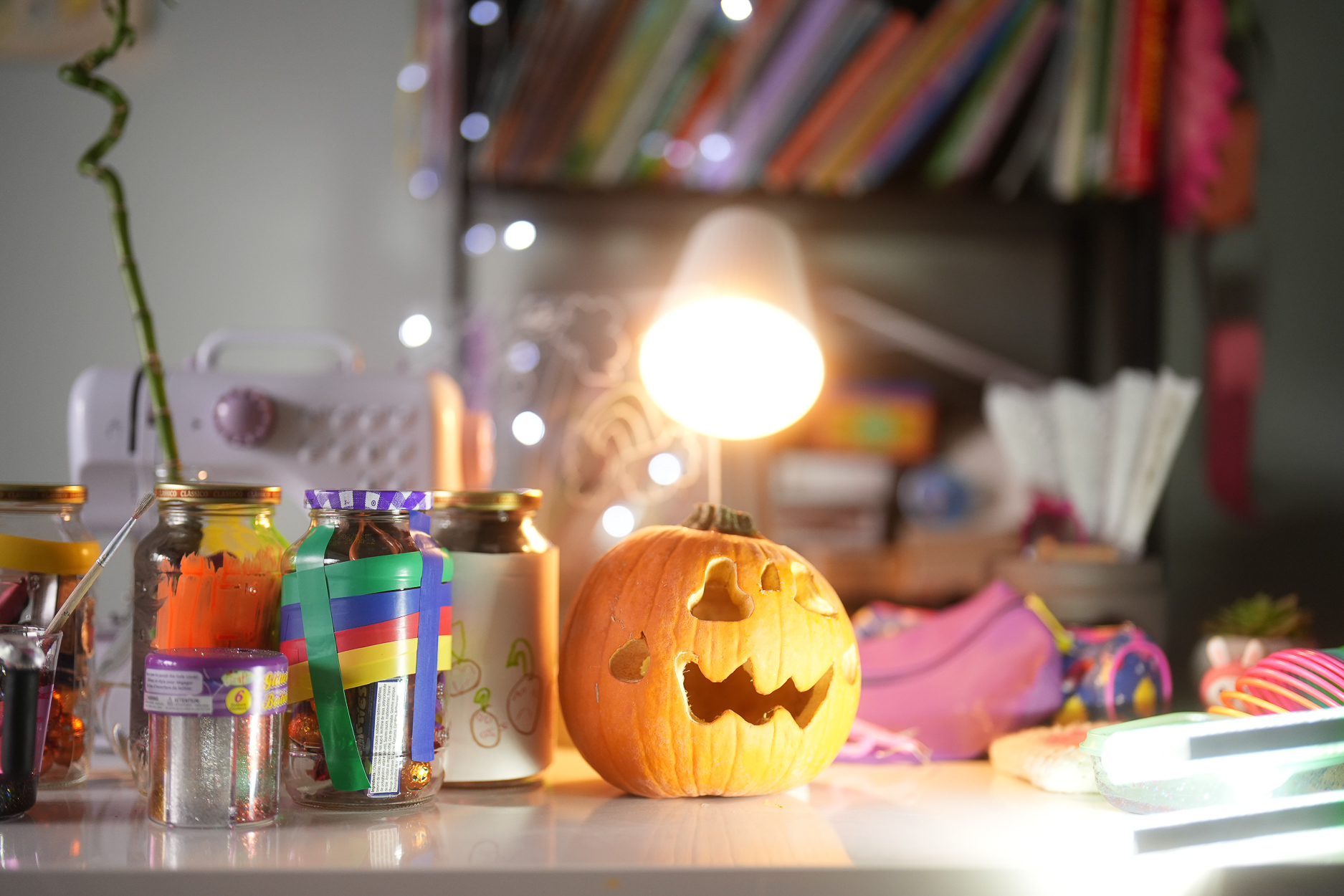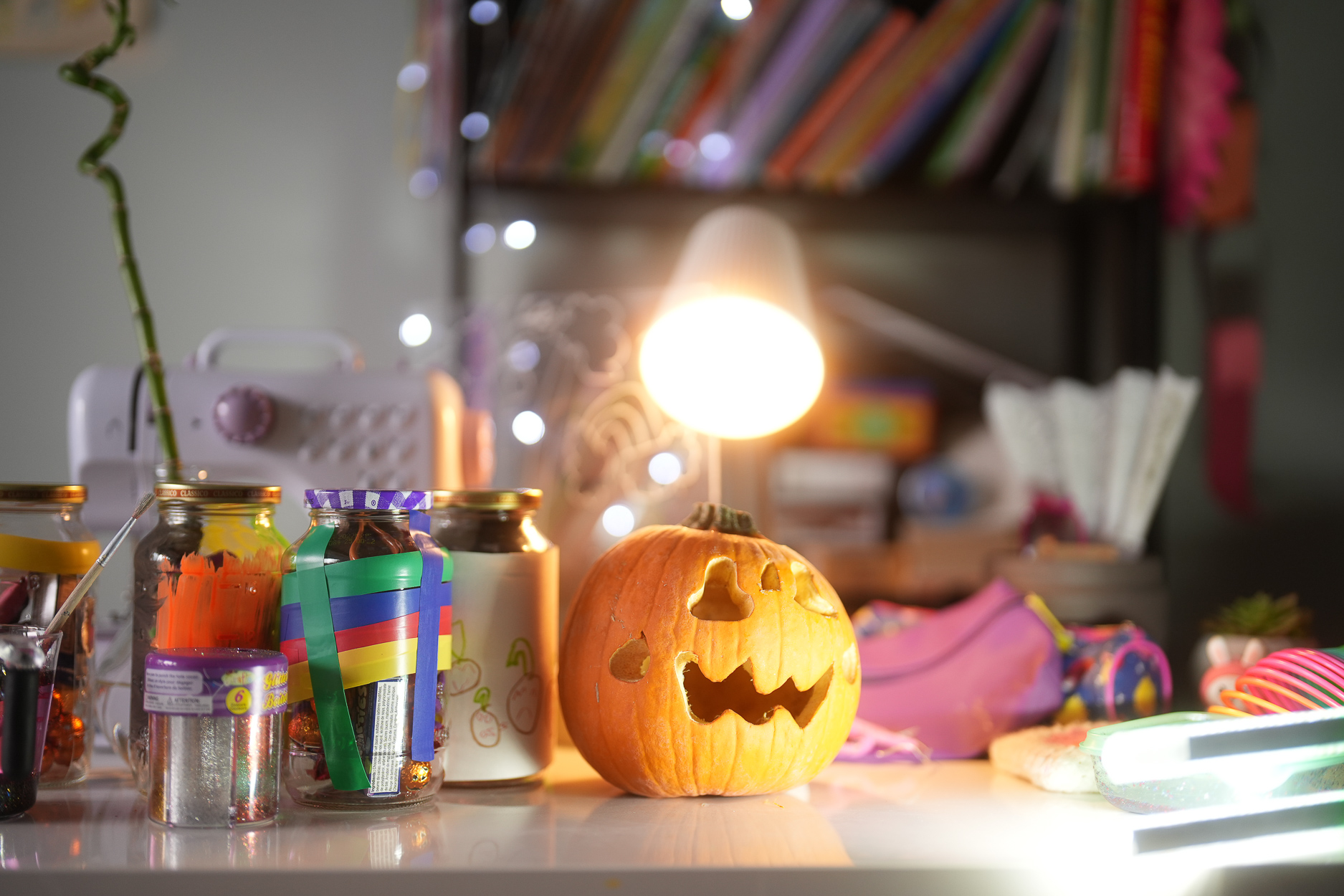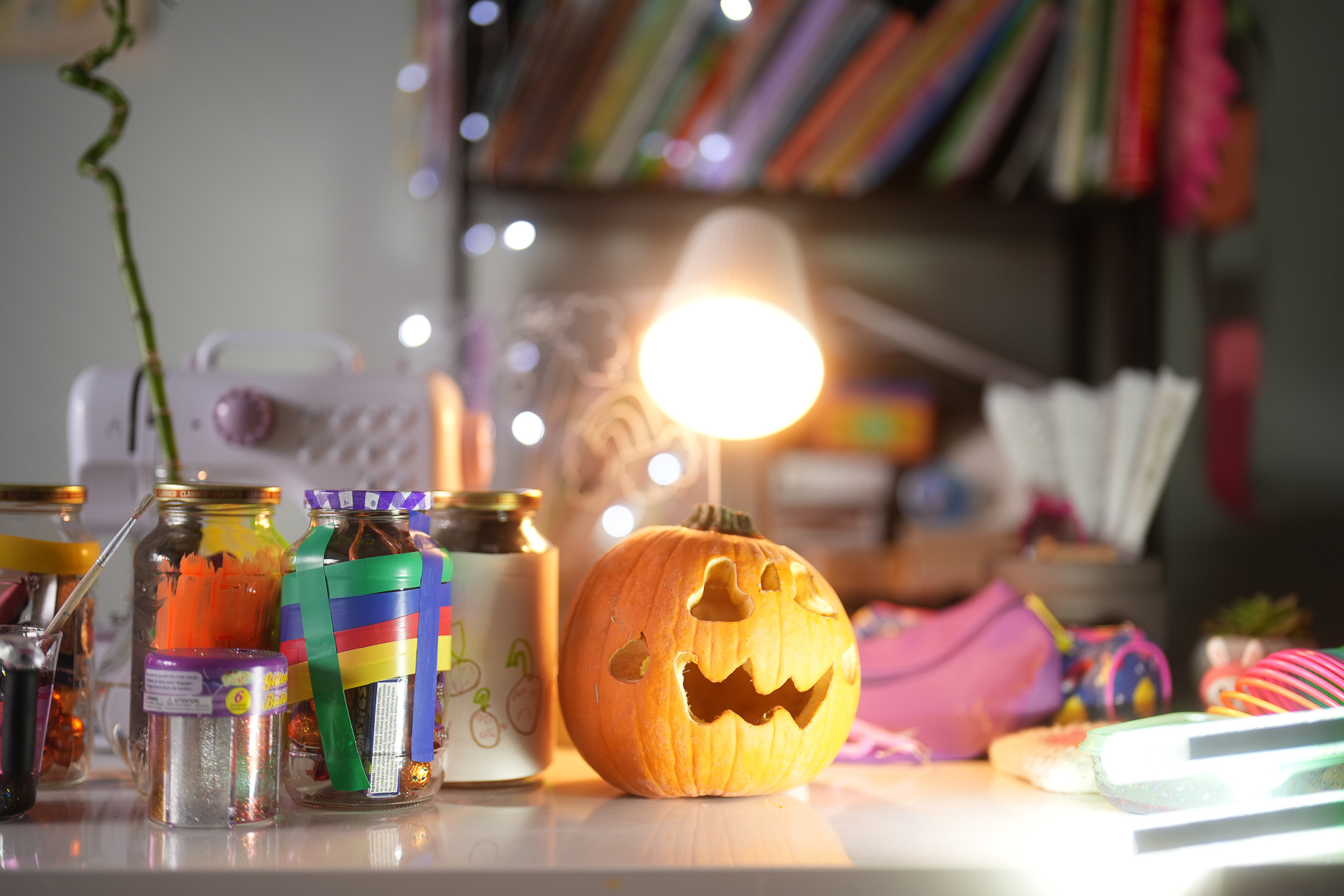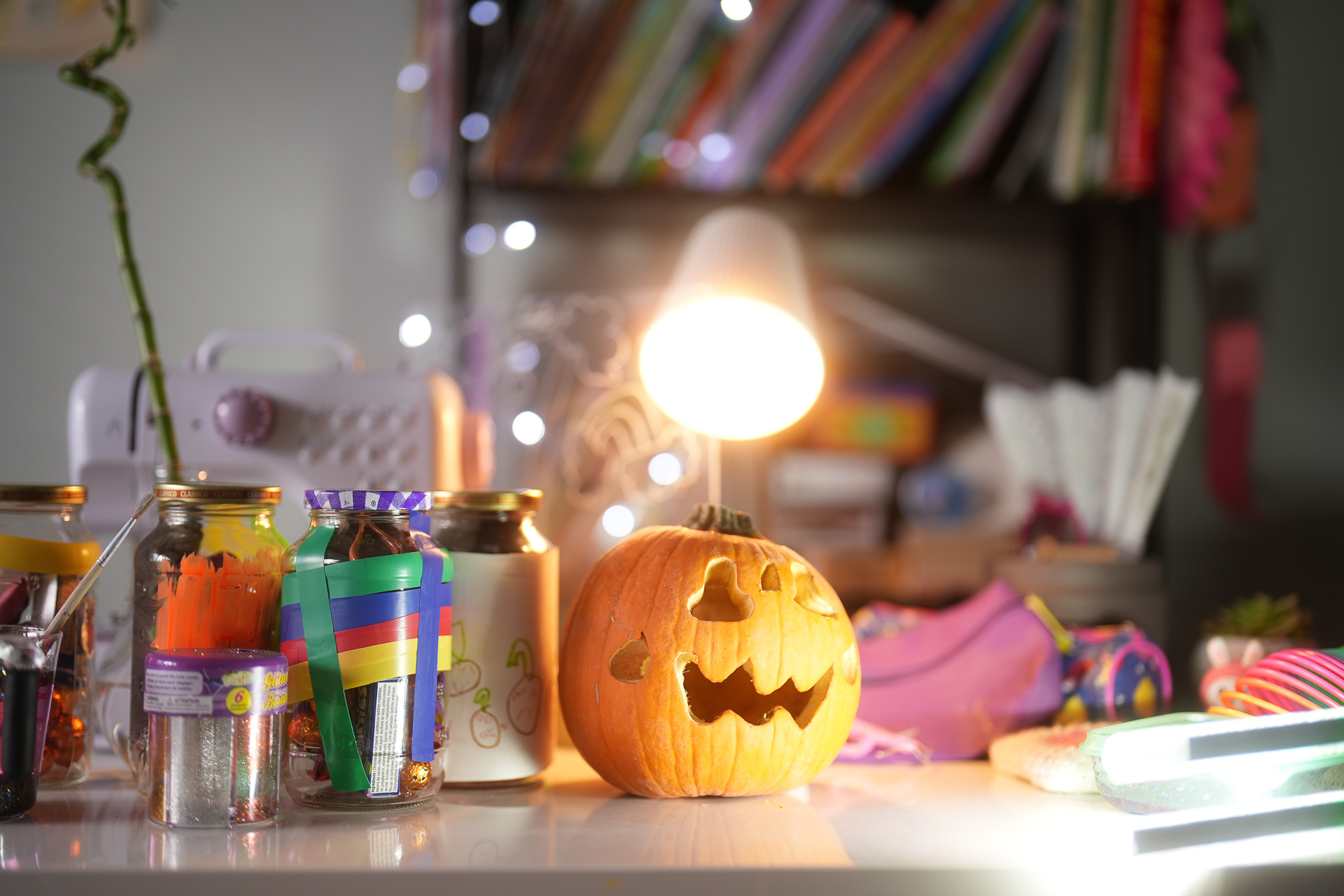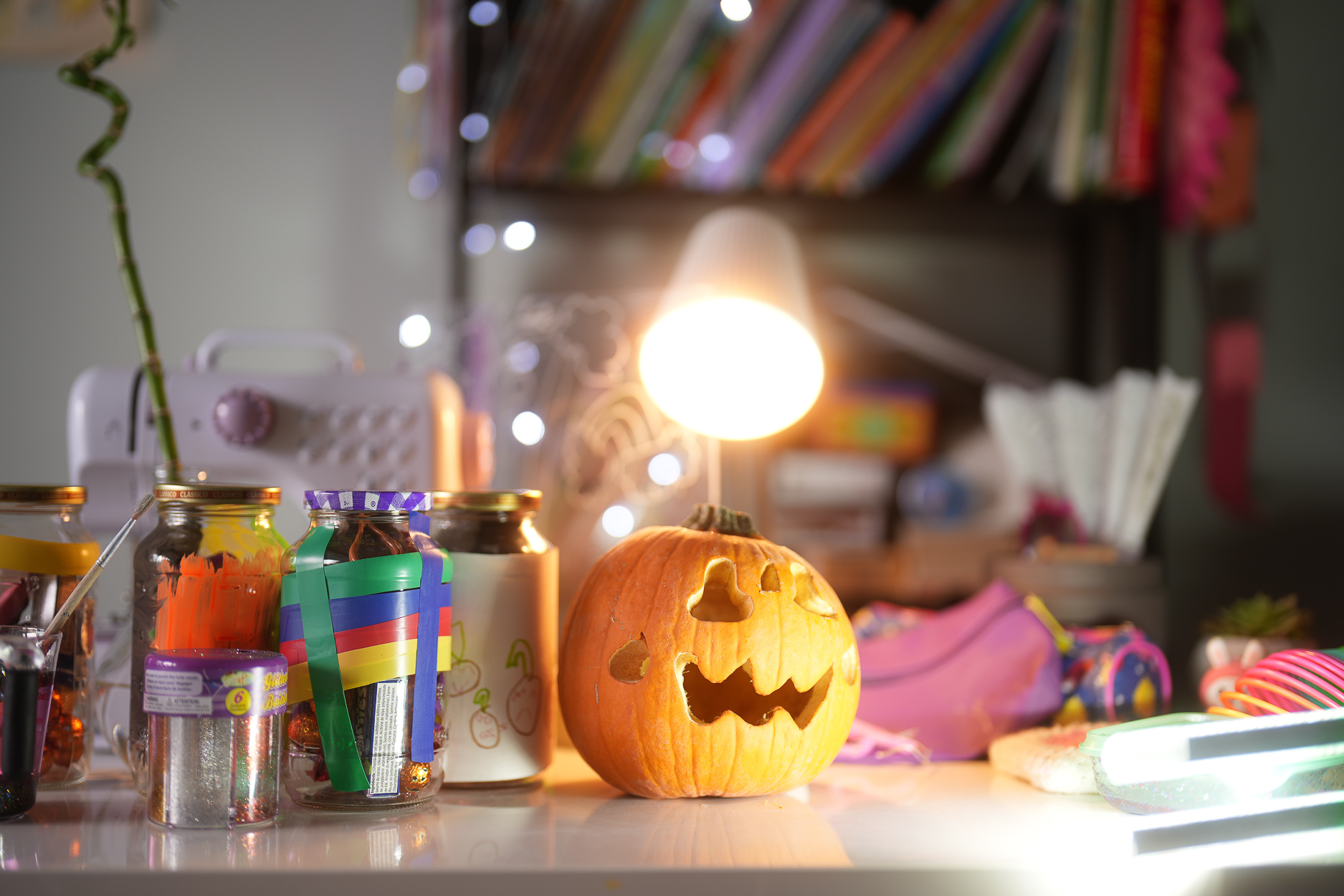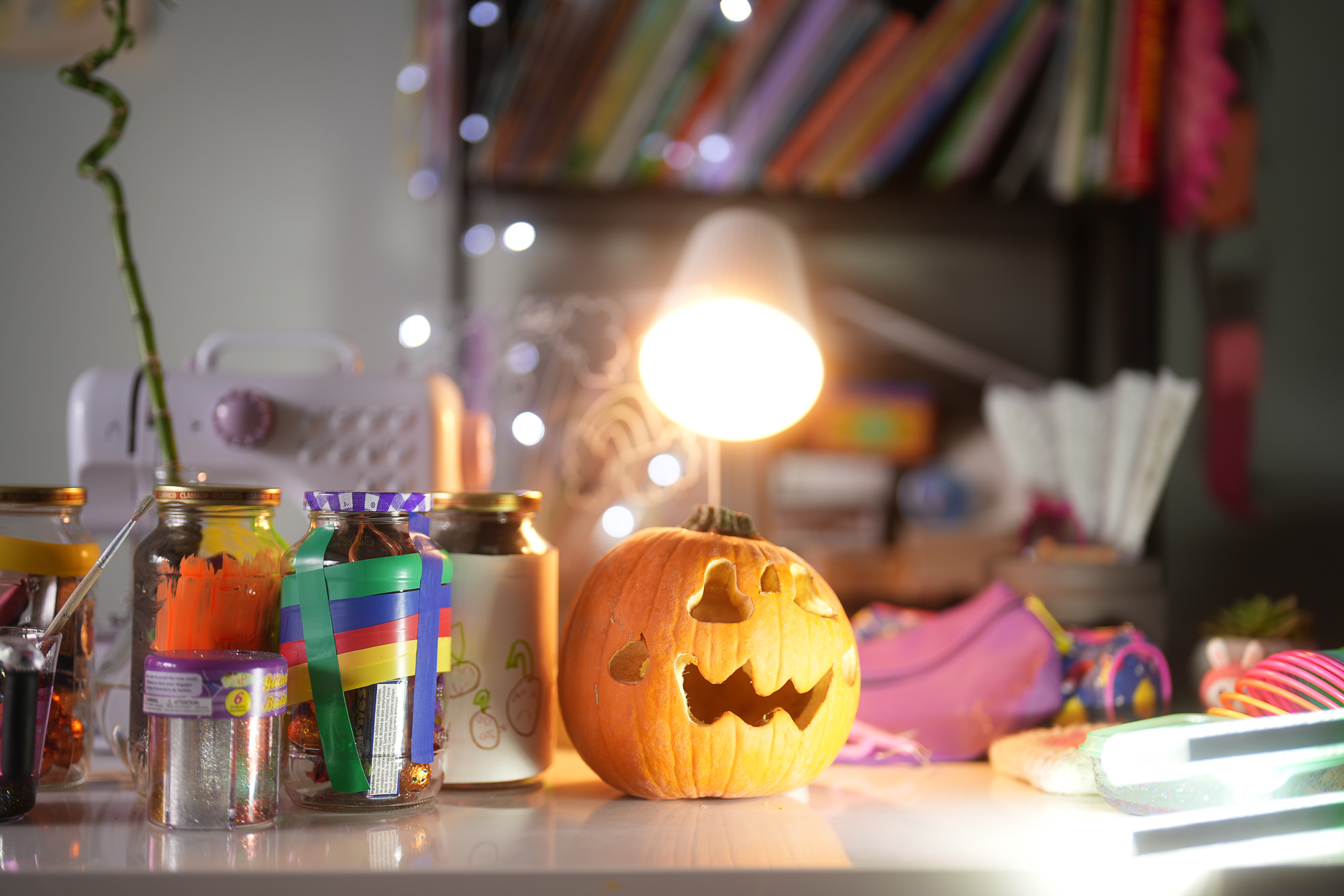With E-Front Curtain Shutter (EFCS) ON, the Sony A7 IV can clip and distort bokeh at fast shutter speeds when you’re wide open. In my controlled test at f/1.2 from 1/200 to 1/8000 s, the effect becomes visible around 1/1000 s and is obvious by 1/8000 s, making the background look as if I’d stopped down several stops—while the lens was still at f/1.2. Sony’s own manuals warn about this behavior and recommend switching EFCS Off with large-aperture lenses at high speeds.

What EFCS is (and why it matters)
EFCS starts exposure electronically and ends it with the rear mechanical curtain. It reduces vibration and is quieter than full mechanical actuation—but at high shutter speeds with fast lenses, the shutter mechanism can cut off out-of-focus circles (your bokeh). Sony explicitly notes this and says to set EFCS Off if it happens.
Sony also documents other side effects at fast speeds (e.g., uneven brightness, clipping/ghosting), and again suggests turning EFCS Off in these conditions.
This is different from a fully electronic shutter; EFCS can alter bokeh, whereas a full electronic shutter shouldn’t cause the same bokeh issue.
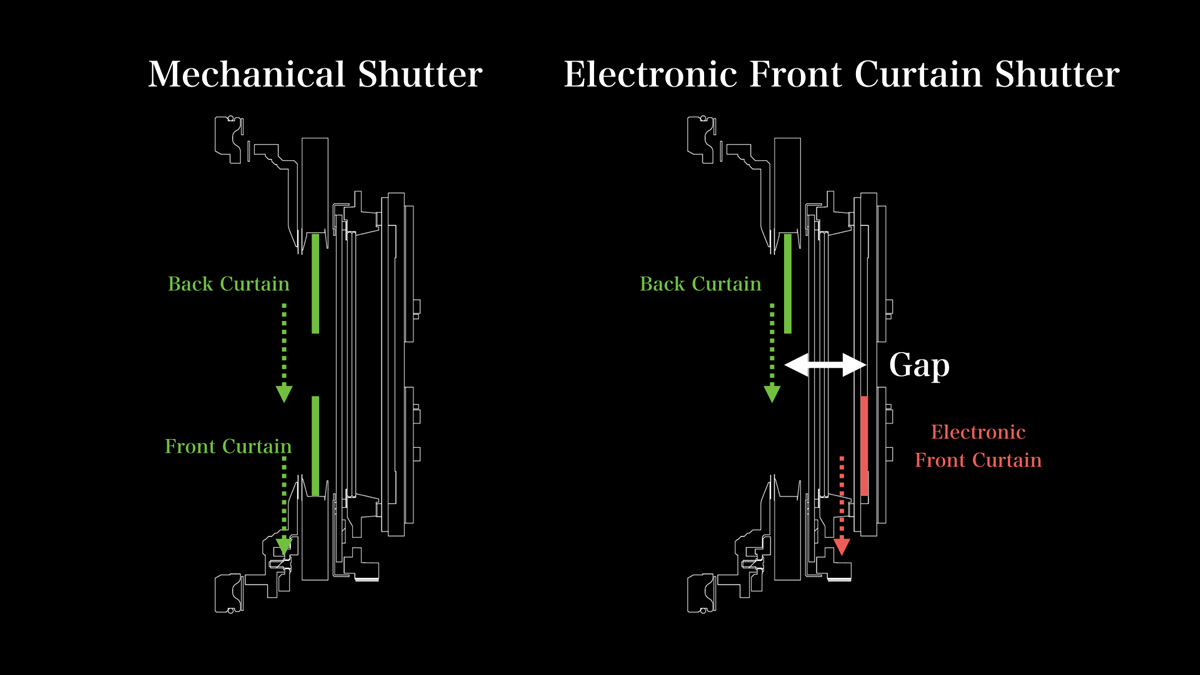
My test setup
- Camera: Sony A7 IV
- Lens: Sony FE 50mm f/1.2 GM
- Aperture: f/1.2 (fixed)
- Shutter speeds: 1/200 → 1/8000 s
- Focus: manual (locked)
- White balance: manual (locked)
- Lighting: continuous only (no flash)
- Support: tripod (camera didn’t move)
- Runs: EFCS ON vs OFF (otherwise identical)
I photographed a scene with specular highlights (fairy lights, lamp) behind a carved pumpkin to make bokeh shape easy to judge.
Results at a glance
1/8000 s: With EFCS ON the bokeh looks significantly altered, as if the aperture were stopped down; with EFCS OFF, bokeh remains round and natural.
1/2000–1/4000 s: The clipping is clearly visible; the background gains a slightly harsher look.
1/1000 s: With EFCS ON, highlights begin to look “clipped/flattened”—bokeh balls lose their perfect roundness.
1/200–1/500 s: Differences are minimal; bokeh stays round and smooth in both modes.
These observations mirror what many photographers report—that EFCS effects start to matter once you’re at ~1/1000–1/1600 s with fast glass.
Why this happens (short version)
At very fast shutter speeds and very wide apertures, the rear mechanical curtain overlaps exposure in a way that clips the light cone from out-of-focus points, so bokeh balls can look cut off. Sony calls out exactly this behavior in its help guides and suggests turning EFCS Off if you see it. helpguide.sony.net
Independent tests have illustrated the same “cut bokeh” look with EFCS at short exposures and wide apertures. radojuva.com
When to switch EFCS Off
- You’re shooting wide open (f/1.2–f/2.8) and need fast shutter speeds (bright conditions, no ND).
- Your scene includes point light sources (string lights, reflections, city lights) that will reveal bokeh shape.
- You need the creamiest possible background for portraits/weddings.
Bonus tips:
- Consider ND filters to keep shutter speeds lower without changing your aperture.
- If your camera supports it and your subject/lighting allow, a full electronic shutter avoids EFCS bokeh clipping (but watch rolling shutter/LED flicker in other scenarios). PetaPixel

When EFCS still makes sense
EFCS is useful to reduce shutter shock and keep things quiet—handy for landscapes at moderate apertures or situations where high shutter speeds / ultra-wide apertures aren’t in play. Photography Life
My takeaway
For my work (portraits and weddings), bokeh quality matters. After this test, I treat EFCS as a situational tool, not a set-and-forget option. If I’m wide open and the light forces me into very short exposures, I turn EFCS Off to preserve clean, round bokeh.
Download full-res photos (Dropbox)
e-Front Curtain Shutter ON vs OFF: What It Does to Your Bokeh
October 19, 2023
back to blog
Let’s Begin Together
We’d Be Honored to Tell Your Story
Whether you're planning a once-in-a-lifetime wedding or capturing the simple magic of family, we’d love to be there — quietly documenting it all, with heart and artistry.
